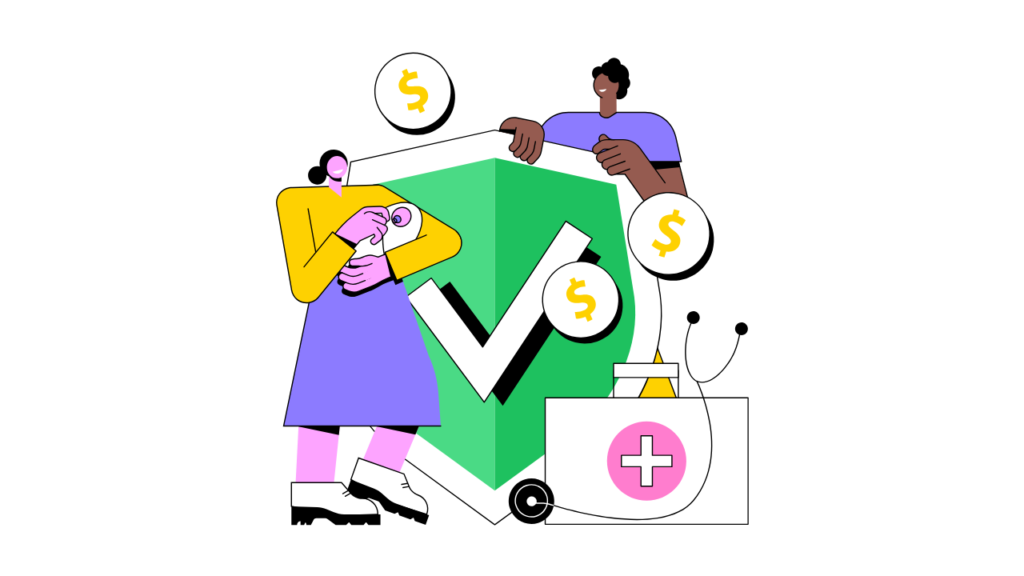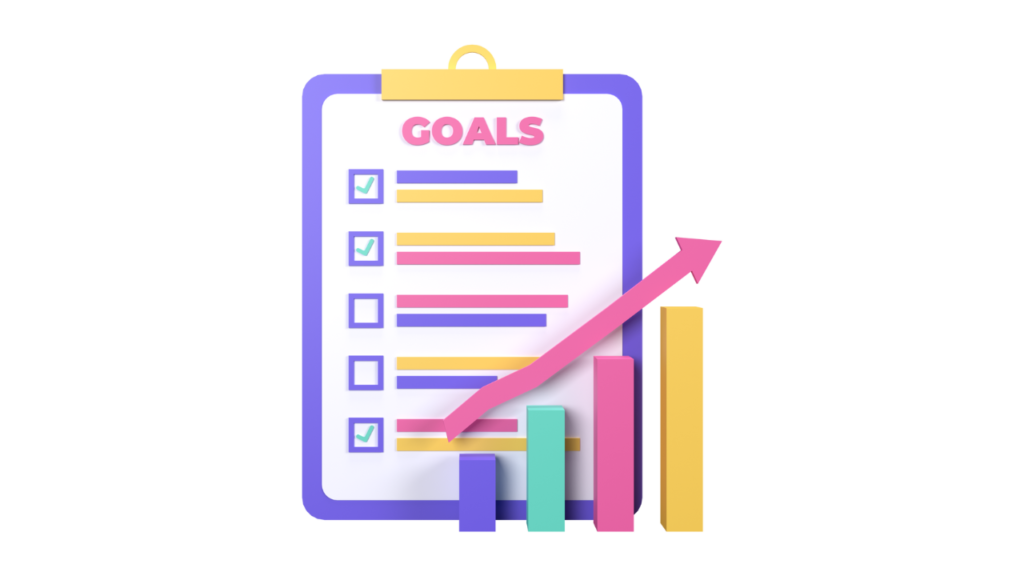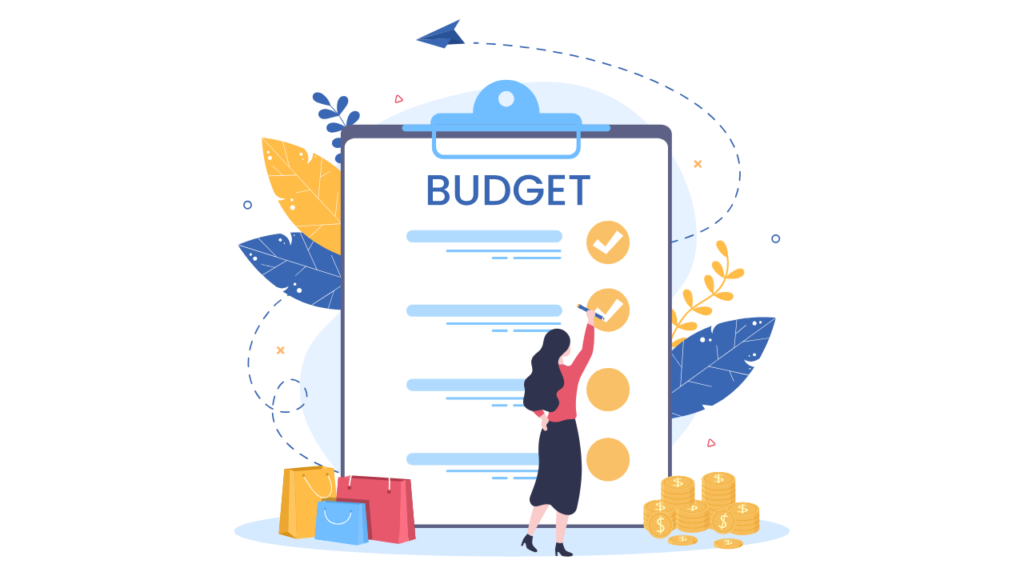Life is unpredictable, and unexpected expenses can arise at any moment — from medical emergencies to car repairs or sudden job loss. Without a financial safety net, these situations can lead to stress and debt. This is where an emergency fund comes to the rescue.
If you’ve ever wondered how to build an emergency fund, this article will provide you with a step-by-step guide to secure your financial future and navigate unexpected expenses with confidence.
What is an Emergency Fund?

An emergency fund is a dedicated savings account designed to cover unplanned expenses. Unlike general savings, it is reserved solely for urgent financial needs. Having an emergency fund can save you from relying on high-interest loans or credit cards, ensuring your financial stability in tough times.
Why Do You Need an Emergency Fund?
Let’s address some common pain points:
- Unforeseen Expenses: Medical bills, car breakdowns, or home repairs can strain your finances.
- Job Loss: Losing a source of income can be devastating without a financial buffer.
- Peace of Mind: Knowing you’re prepared for emergencies reduces anxiety.
How to Build an Emergency Fund ?
This guide will help you overcome these challenges by showing you practical ways to build an emergency fund that suits your lifestyle and financial goals.
Step 1: Set a Realistic Goal

Decide how much you need in your emergency fund before you begin saving. Financial experts generally recommend saving three to six months’ worth of living expenses. Consider factors like:
- Monthly Expenses: Rent, utilities, groceries, transportation, and loan payments.
- Dependents: If you have a family, you may need a larger fund.
Example:
If your monthly expenses are ₹25,000, aim for a fund between ₹75,000 and ₹1,50,000. For those with dependents or unstable income, saving for up to 12 months of expenses can be a prudent choice.
Step 2: Create a Budget

A well-structured budget is key to saving effectively. To find areas where you can make savings, keep track of your earnings and outlays. Use tools such as spreadsheets or budgeting applications to streamline the process.
Also Read:- What is the 50-30-20 Rule? And How to Apply the 50-30-20 Rule to Your Budget
Actionable Tips:
- Categorize your expenses into needs, wants, and savings.
- Allocate a fixed percentage of your income toward your emergency fund.
- Review your spending habits regularly and adjust as necessary.
Example:
If your monthly income is ₹50,000, consider allocating 20% (₹10,000) toward your emergency fund. By doing this consistently, you can build a fund of ₹1,20,000 in just one year.
Step 3: Start Small and Build Consistently
Saving can seem daunting, especially if you’re starting from scratch. Starting small and staying consistent are crucial.
Practical Steps:
- Establish a regular transfer to your emergency fund to automate your savings.
- Save windfalls like bonuses, tax refunds, or cash gifts. For instance, a ₹10,000 bonus could give your fund a significant boost.
- Begin with a small, attainable goal, such as ₹10,000, and gradually increase it as you gain momentum.
Real-Life Example:
A college graduate earning ₹30,000 per month started by saving just ₹2,000 monthly. Over three years, they accumulated ₹72,000, which proved invaluable during a period of unemployment.
Step 4: Choose the Right Account
Selecting the right place to store your emergency fund is crucial for accessibility and growth. Here are some options:
- Savings Account: Ideal for easy access and moderate interest rates. Look for accounts with no maintenance fees and competitive rates.
- Fixed Deposits (FDs): Offer higher interest rates but come with limited liquidity. Consider breaking FDs into smaller amounts for better flexibility.
- Liquid Mutual Funds: Provide slightly higher returns than savings accounts while maintaining low risk. These are suitable for those comfortable with a little market fluctuation.
Tip:
Ensure the account you choose is separate from your primary spending account to avoid accidental usage.
Step 5: Stay Disciplined

Avoid the temptation to dip into your emergency fund for non-urgent expenses. Treat it as untouchable until a genuine emergency arises.
Tips to Stay on Track:
- Clearly label the account as “Emergency Fund” to deter misuse.
- As your financial circumstances change, periodically assess and modify your savings target.
- Remind yourself of the purpose of the fund and the peace of mind it offers.
Step 6: Replenish After Use
Rebuilding your emergency fund should be your top priority if you must utilize it. Treat it as a top financial goal until it’s fully restored.
Example:
After using ₹50,000 from their emergency fund for a medical emergency, a family reallocated their budget to save ₹10,000 monthly, fully replenishing the fund in five months.
Step 7: Regularly Evaluate Your Fund
As your income, expenses, and lifestyle change, your emergency fund needs may also change. Reassess your goal periodically and adjust as necessary.
Factors to Consider:
- Income Increase: A higher income may warrant a larger fund.
- Life Changes: Marriage, children, or buying a home may require additional savings.
- Economic Conditions: Inflation and economic downturns can affect your needs.
Benefits of an Emergency Fund
- Financial Independence: Avoid borrowing during crises, reducing reliance on high-interest loans.
- Stress Reduction: Provides peace of mind and confidence in managing unforeseen expenses.
- Improved Financial Habits: Encourages budgeting, saving, and long-term planning.
Common Mistakes to Avoid
- Procrastinating: Delaying the start of your savings journey only increases risk.
- Underestimating Expenses: Ensure your calculations include all essential costs.
- Using the Fund for Non-Essentials: Reserve it strictly for emergencies.
Conclusion
One of the best financial choices you can make is to establish an emergency fund. It protects you from life’s uncertainties and gives you peace of mind. By setting realistic goals, budgeting effectively, and saving consistently, you can create a safety net that ensures financial stability.
Take charge of your financial future by beginning to accumulate your emergency money now. Keep in mind that every little step you take will get you closer to your objective. Have questions or tips to share? Leave a comment below or explore our related articles for more personal finance advice.
External Links:







